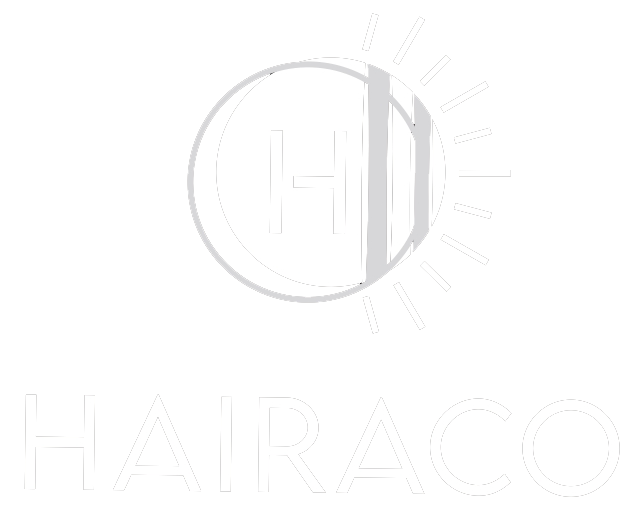Hair foils are a staple in the beauty industry, serving as an essential tool for achieving precise coloration, highlights, and balayage effects. One often overlooked aspect is the material composition of these foils. Understanding the different materials available can greatly enhance the quality of your work. This guide will walk you through the various materials used in professional hair foils, helping you make an informed choice for your salon needs.
Aluminum Foils
Aluminum is the most common material used in professional hair foils. Its popularity stems from its excellent heat conductivity, pliability, and durability. Here are some key benefits:
- Thermal Conductivity: Aluminum foils heat up quickly and retain heat effectively, which can speed up the processing time of hair treatments.
- Flexible yet Strong: These foils are easy to fold and manipulate, allowing stylists to create precise sections without tearing.
- Non-Reactive: Aluminum is generally non-reactive, making it safe for use with most chemical treatments.
However, it’s worth noting that not all aluminum foils are created equal. Hairaco, for instance, offers a range of high-quality aluminum foils that come in various thicknesses to cater to different stylist needs.
Pre-Cut Foils vs. Roll Foils
In addition to material, the form in which foils are available—pre-cut or in rolls—can impact their usability:
- Pre-Cut Foils: These are convenient and save time because they come ready for immediate use. This can streamline your work, especially during busy hours. Hairaco’s pre-cut aluminum foils are a favorite among professionals for their reliability and efficiency.
- Roll Foils: Roll foils offer flexibility in terms of length. You can cut the foil to the desired size, making it a versatile option for various hair lengths and styles. Hairaco also provides premium roll foils that are popular for their durability and ease of use.
Specialty Foils
Beyond standard aluminum, some specialty foils can provide additional benefits for specific hair treatments:
- Thermal Foils: These foils have an added layer of insulation to enhance heat retention, making them ideal for certain high-temperature treatments.
- Non-Slip Foils: These foils come with a special coating to prevent slipping, which is particularly useful for intricate or multi-step color processes.
- Colored Foils: Using foils in different colors can help stylists keep track of various sections and multiple colors being used during a treatment.
Hairaco offers a range of specialty foils tailored to meet the needs of modern salons, ensuring that stylists have the right tools to deliver excellent results.
Environmental Considerations
As the beauty industry becomes more environmentally conscious, the sustainability of salon tools, including foils, is a growing concern:
- Recyclability: Aluminum foils are recyclable, which makes them a more environmentally friendly choice compared to some alternatives.
- Biodegradable Options: While less common, biodegradable foils are also available for salons aiming for greener practices.
Hairaco is committed to sustainability and provides recyclable aluminum foils, making it easier for salons to make eco-conscious choices.
Conclusion
The material of your hair foils can have a significant impact on your work efficiency and the quality of your results. Aluminum remains the gold standard due to its favorable properties, but specialty foils and environmentally friendly options are also worth considering. Hairaco offers a range of professional-grade foils to meet various needs, ensuring that your salon is equipped to deliver the best possible client experience.

